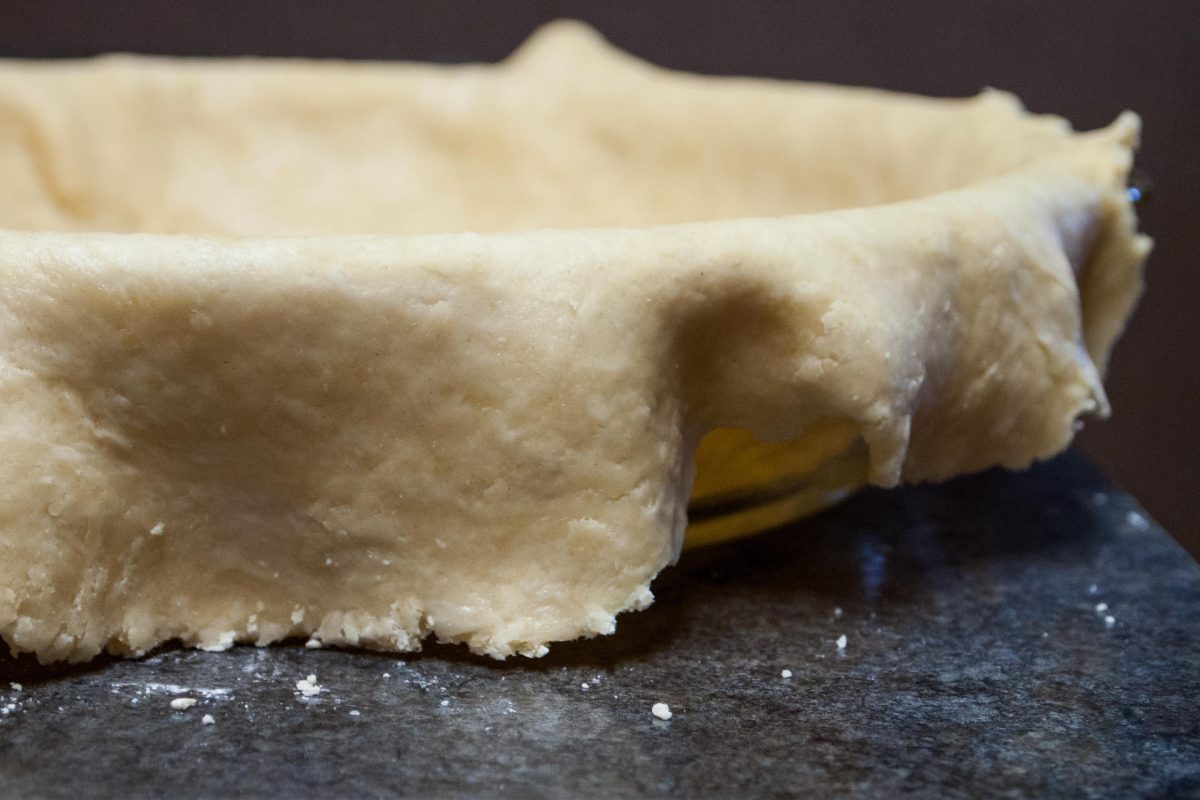To blind bake, you make the dough, roll it and lay it on the pan. You cover it with foil, take your preferred “weight”—rice, dried beans or lentils—and spread it on the crust, and then you bake until the crust is crisp and browned to your desired hue.
What’s the “weight” for?
Heat makes things rise, right? Boil water and the heat turns water into steam that rises above the water level. Turn the air-conditioner on in a hot room without allowing the cold air to circulate and the cold air stays on the same level and below the air-conditioner while the air above it remains warmer.
In baking, it is the heat in the oven that makes cake and bread rise. It’s true for pie and tart crusts too. That’s why thetop crust of a double-crusted pie (like apple pie)has to be pierced before the pie goes into the oven. Otherwise, the steam from the filling will make the top crust rise and create an air pocket between it and the filling.
When baking blind, because the crust is baked with no filling, unless you weigh it down, it will rise. Can you imagine a baked crust with a raised center? How in the world can you make the filling even? So, you weigh down the crust during baking to make it stay flat.
“Baking” beans, rice or lentils can be re-used
If you’re thinking that it’s so wasteful to use beans, rice or lentils to weigh down the crust, stop right there. You can re-use the “baking” beans, rice or lentils over and over again in the future for making more crusts that need to be blind baked.
Just remember not to return the “baking” beans, rice or lentils into their original storage container. Store them separately. It’s a good idea to label the separate container so that no one in your household will get confused.







